This blog was written by Basma Hajir, a PhD Candidate in Education for Peacebuilding at the University of Cambridge, and Hiba Salem, a Research Associate at the REAL Centre, the University of Cambridge. This blog is part of a series from the REAL Centre reflecting on the impacts of the current COVID-19 pandemic on research work on international education and development. This has also been published on the INEE website and featured in the INEE COVID-19 Blog Series.
As the world begins to adjust to a ‘new normal’ following the effects of COVID-19, that may take months or even years to overcome – ‘normality’ in Syria is tainted by the restrictions that its citizens have relentlessly endured for over the last nine years. The immediate effects of COVID-19 on Syria’s economy are huge, in a nation where 83 per cent of people were reported to be living below the poverty line 2019. Syria’s communities, including its most marginalised, such as those internally displaced, are left with little protection from the virus due to weakened health systems and disrupted water supplies. Today, Syria’s response to COVID-19 includes partial curfews from 6pm to 6am to help prevent the spread of the virus – yet there are discussions of easing restrictions as communities struggle to cope with further economic losses.
What are the effects on higher education in the country?
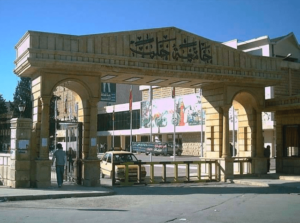 While these dire challenges often leave the needs of learners overlooked, education continues to be one of the most important values for all children and youth, who, in Syria, are once again left to face further uncertainty and disruption as schools close for the school year. The case for higher education is particularly interesting as universities temporarily close and begin to look for alternative forms of teaching, learning and communication. However, these attempts are weighed down by a complex set of issues that makes an adequate response to the pandemic a far-fetched hope.
While these dire challenges often leave the needs of learners overlooked, education continues to be one of the most important values for all children and youth, who, in Syria, are once again left to face further uncertainty and disruption as schools close for the school year. The case for higher education is particularly interesting as universities temporarily close and begin to look for alternative forms of teaching, learning and communication. However, these attempts are weighed down by a complex set of issues that makes an adequate response to the pandemic a far-fetched hope.
We discussed some of the emerging challenges in an interview with Dr Sulaiman Mouselli, the Dean of the Faculty of Business Administration at Arab International University, and a lecturer at Damascus University. Dr. Mouselli clarified that live and interactive lectures are impossible – mainly due to expensive internet costs and electricity cuts that happen at different times in different areas. Therefore, the current approach to teaching involves lecturers using Google Drives and uploading recorded sessions and their attached PowerPoints. He reported that not all lecturers are responding to these new ways of delivering content, as some are not ready for this digital shift. The uploaded content has also been said to be mostly of a mediocre quality. These reports are confirmed by other discussions we had with Syrian university students via social media platforms. They told us that their faculties are using Facebook groups to interact with them, or Telegram channels to share resources for each of their modules.
Both Dr Mouselli and the university students we spoke to referred to high internet costs as one of the main challenges, mainly because most students and lecturers rely on 3G internet connection rather than WiFi. Some students are also left wrestling with a responsibility to financially support their families during another wave of crippling price inflation caused by COVID-19. Similar disproportional impacts of COVID-19 can be seen with disadvantaged groups in other countries, especially in relation to household wealth and their access to the internet and computers.
The complex nature of current challenges in Syria
Comprehending the effects of COVID-19 and the response of Syrian higher education requires a holistic multi-dimensional understanding of the nexus between: persistent complex issues that lie at the heart of the higher education system in Syria, the impact of a prolonged conflict, and internationally imposed structural forms of violence
The difficulties of coping with university closure, and using official and reliable digital academic platforms for communication, are profoundly affected by underlying fundamental limitations in Syria’s higher education system as a whole. COVID-19 has laid bare the indispensable importance of digitalisation across the world. Higher education in Syria is clearly incapable of providing the basic minimum academic digital services. Universities lack online learning management systems. Students and staff in most public universities do not have access to electronic libraries nor to relevant scientific publications and resources. They do not have university email accounts or any other official tools that enable them to interact effectively with each other.
It is admittedly unreasonable to critique an education system in a war-torn country for failing to keep pace with an ever-evolving digital landscape. However, the situation before 2011 was regrettably similar, exposing a deeply problematic reluctance to disrupt existing ways of working. Digitalisation, or the lack of it, is ultimately inextricably interwoven with broader challenges related to traditional modes of teaching, learning and assessment that limit critical thinking and predominantly rely on rote learning. It is also related to the lack of a thriving research community due to insufficient research training, lack of incentives and limited research funding. Most of these challenges have been reported in a recent study.
The problems illustrated above are further exacerbated by conflict, which has led to persistent ‘brain drain’, loss of infrastructure, overall diminished capacities and associated drop in teaching quality. Given the modern embeddedness of academia within national and international economies, higher education in Syria has also been substantially impacted by international sanctions and pressures (imposed as a coercive tool). Lacking clarity and focused guidelines, sanctions have resulted in losing partnerships, collaborations and links with international organisations and universities. Syrian universities and academics are mostly not eligible for grants. Additionally, universities’ access to international research databases is largely blocked. Dr Mouselli spoke of an incident when one Syrian university attempted to purchase a subscription in a research database “to later discover that the agency used another university name to allow the transaction. We were not aware of the availability of sanctions on such purchase”.
Digitalisation is vital to set the foundations for an academic culture which encourages research and overall development. Any possible gains however, have inequality barriers to overcome: the digital divide remains the main challenge. Today, while the majority of Syrian university students are affected by multiple constraints and limitations, some learners are particularly disadvantaged because of the costs of internet and/or the availability of digital devices. Complex collaborations with multiple stakeholders would be needed to address barriers such as internet connection costs, affordability, skills and awareness. Lessons can be learnt from other contexts, where ministries of education are working with mobile operators, telecom providers and other companies to ensure equitable access to the internet.
Reflections, thoughts and moving forward
Nine years of conflict have halted all possibilities for progress in higher education in Syria. The current implications of COVID-19 highlight limitations that Syrian teachers and students have faced for years. These persistent limitations exclude some of those most in need – youth, who for nearly a decade have sought to continue their education despite all disruption of normality.
Opportunity for change
The current crisis has therefore offered us an opportunity to recognise and see the challenges facing higher education in Syria, as well as the effects of conflict on a nation’s ability to respond to new emergencies. While there are numerous barriers to responding to the problems further exposed by COVID-19, the Syrian context raises some important questions we may begin to ask ourselves; what responsibilities and actions do we hold on both a local and international level?
Collective responsibility of Syrian policymakers, researchers and students
It is our collective responsibility as Syrians to try to emerge from this reality with a profound transformation in existing ways of thinking, with reimagined knowledge, education and learning for post-corona and post-conflict Syria. To aid this process, policymakers in Syria must realise the urgent need for holistic frameworks that address the multi-layered barriers to digitalisation, and to identify areas which continue to prevent learners from accessing effective learning platforms and opportunities. These plans must include the perspectives of Syrian youth and allow them to participate in envisioning new futures for their education. We, as Syrian researchers residing abroad, also bear a huge responsibility to contributing to building the hoped-for future.
Responsibility of the global academic community
However, as individuals worldwide, we must also begin to reflect on the effects of policies and the decisions of international institutions which prevent Syrian youth from equitable access to learning opportunities. The prospects of Syria’s young communities, who embody hope for the nation’s future, continue to be shaped by exclusions from dialogue, collaboration and opportunities that may inspire and instil a research-orientated foundation. Recognising the aggravated impact of international sanctions on higher education in Syria, we need to ask who is responsible for rectifying the harm caused by these sanctions and pressures. Studies have increasingly provided evidence of the inefficiency of economic sanctions and the negative impact of indiscriminate sanctions on higher education in other contexts. It has been argued before that it is our moral responsibility as a global academic community to interrogate such situations, i.e. to question how funding bodies, research organisations and relevant stakeholders may challenge policies that prevent communities from equitable opportunities. These questions are especially pertinent now, and can benefit from the perspectives of academics and scholars in western organisations, who for example, champion the Open Science movement and free sharing of scientific research.
These two sets of factors, external and internal to nations affected by conflict-related hardships, are important to consider when imagining the futures of communities who are and are going to be further affected by COVID-19. Ultimately, we hope to start a local debate inside Syria, as well as a global one, on the role of local actors, international actors, governments and the broader international academic community to help envision an alternative future for higher education in Syria.
*** We would like to acknowledge the participation of Dr Sulaiman Mouselli in an interview conducted to inform this piece. Thanks to university students in Syria who also provided us with valuable information. ***

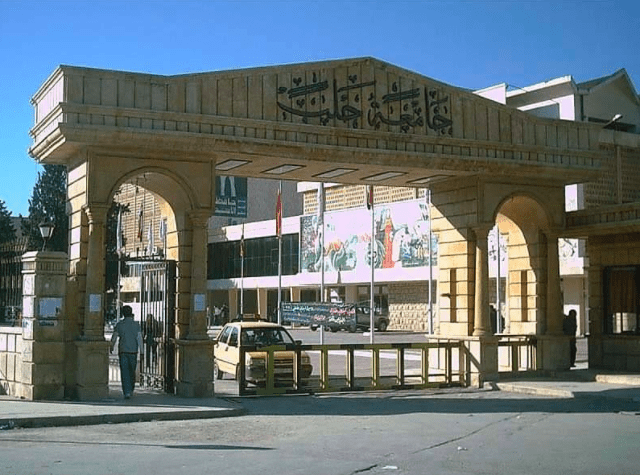
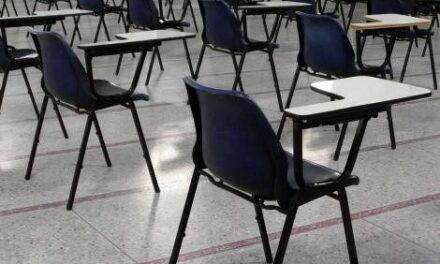
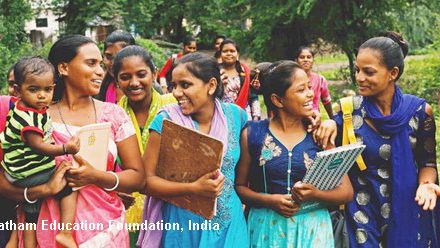
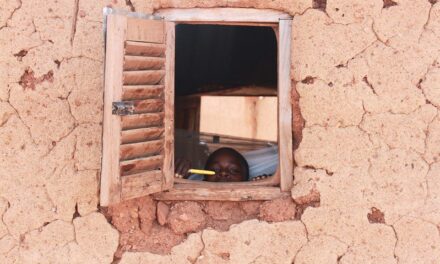
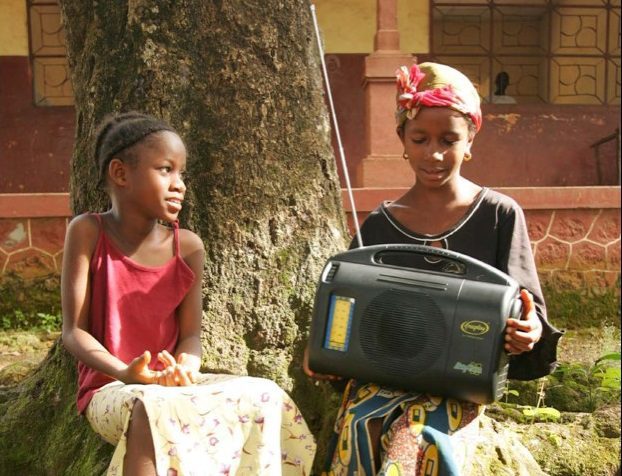
Thank you for the article. Like you said, it`s difficult to blame anyone in a context of war.